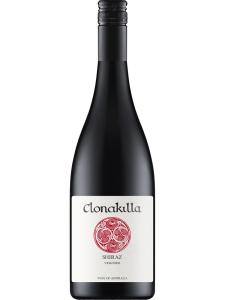-
中文名:堪培拉地区
-
英文名:Canberra District
-
位置:
-
葡萄园面积:公顷
-
葡萄酒特点:
-
产区产量:
-
土壤:
Canberra, the Australian administrative capital, gained its own wine-specific GI (Geographical Indication) in February 1998, despite having very few vineyards at that time. The GI covers the entire Canberra district but also contiguous parts of New South Wales (the state which surrounds the Australian Capital Territory), and it is here that the majority of the district's vineyards are located.
The wines from the Canberra District are divided roughly into two types: the cool climate styles from the more elevated vineyards, and fruitier, more powerful styles from lower down. Although the Pacific coast is only 75 miles (120km) away to the east, the Canberra climate is decidedly continental, with high variation in seasonal and diurnal temperatures. This is due to the hills which lie east of the district and prevent Canberra from receiving the maritime influence of the coastal regions.
Canberra is part of the wider Southern New South Wales zone, which is still developing as a wine region. Given its embryonic state, the zone is very much subject to the demands of wine economics and fashions, so naturally the country's most popular grape varieties are at the top of its inventory. Shiraz, Chardonnay and Cabernet Sauvignon have led the way in the early years of the 21st century, with Shiraz the dominant choice. As is standard for New South Wales' developing wine regions, aromatic whites Viognier and Verdelho are gaining in popularity. A few wineries, including the Canberra District's most famous – Clonakilla – have also produced a fresh-styled Sauvignon Blanc/Semillon blend.


